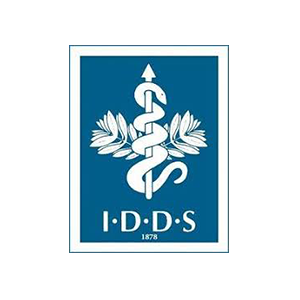Oral Cancer in Westfield, Indiana and the U.S.
Oral cancer is the sixth most common cancer, and accounts for about 3.6 percent of all cancers diagnosed, with roughly 42,000 new cases of oral cancer reported annually in the United States. The vast majority of oral cancers occur in people older than 45 years, with men being twice as likely as women to develop the disease. (More information at The Oral Cancer Foundation)
The tongue is the most frequent source of cancers in the mouth, followed by the floor of the mouth, soft palate tissues in the back of the tongue, lips, and finally, the gums.
When tobacco and alcohol use are combined, the risk of oral cancer increases 15 times more than non-users of tobacco and alcohol products.
If left untreated or not diagnosed early, oral cancer can spread, which may lead to chronic pain, loss of function, irreparable facial and oral disfigurement following surgery, and even death.
Warning Signs of Oral Cancer
Red, white or discolored lesions, patches or lumps in or around the mouth are an early sign of oral cancer, which is typically painless in its early stages. As the cancer spreads, the lesions or lumps become noticeably painful.
The following are a few symptoms of oral cancer
A mouth sore that lasts longer than two weeks
A swelling, growth or lump anywhere in your mouth or neck
White or red patches in the mouth or on the lips
Repeated bleeding from the mouth or throat
Difficulty swallowing
Persistent hoarseness
Oral Cancer Self-examination
To perform the oral cancer self-examination, follow these steps by looking and feeling your:
Cheek – use your fingers to pull out your cheek so you can see inside. Look for red, white, or dark patches. Put your index finger on the inside of your cheek and your thumb on the outside. Gently squeeze and roll your cheek between your fingers to check for any lumps or areas of tenderness. Repeat this on the other cheek.
Face – examine the skin on your face. Look for any color or size changes, sores, moles, or growths.
Floor of the mouth and tongue – Stick out your tongue and look at the top surface for color and texture. Gently pull your tongue forward to look at one side first and then the other. Look for any swellings or color changes. Examine the underside of your tongue by placing the tip of the tongue on the roof of your mouth. Look at the floor of your mouth and the underside of your tongue for color changes that are very different from what is normal. Gently press your finger along the underside of your tongue to feel for any lumps or swelling.
Head and neck – look at your face and neck in a mirror. Both sides should be fairly symmetrical. Identify any lumps, bumps, or swellings that are only on one side of your face.
Lips – pull your lower lip down and look inside for any sores or color changes. Use your thumb and forefinger to feel the lip for lumps, bumps, or changes in texture. Repeat this on your upper lip.
Neck – press along the sides and front of the neck and check for tenderness or lumps.
If you experience any of these symptoms, please contact a doctor right away.
Our Partners



